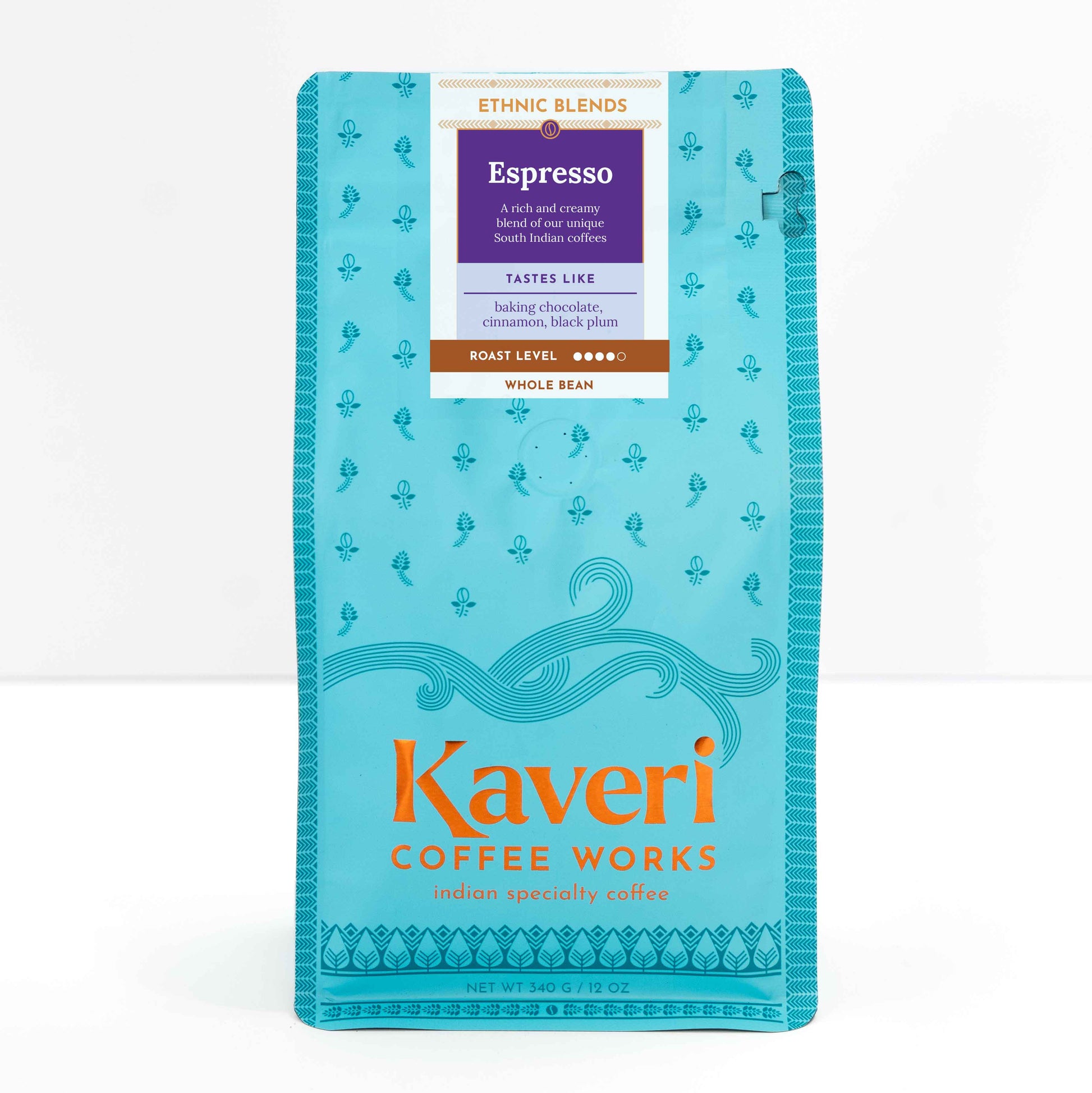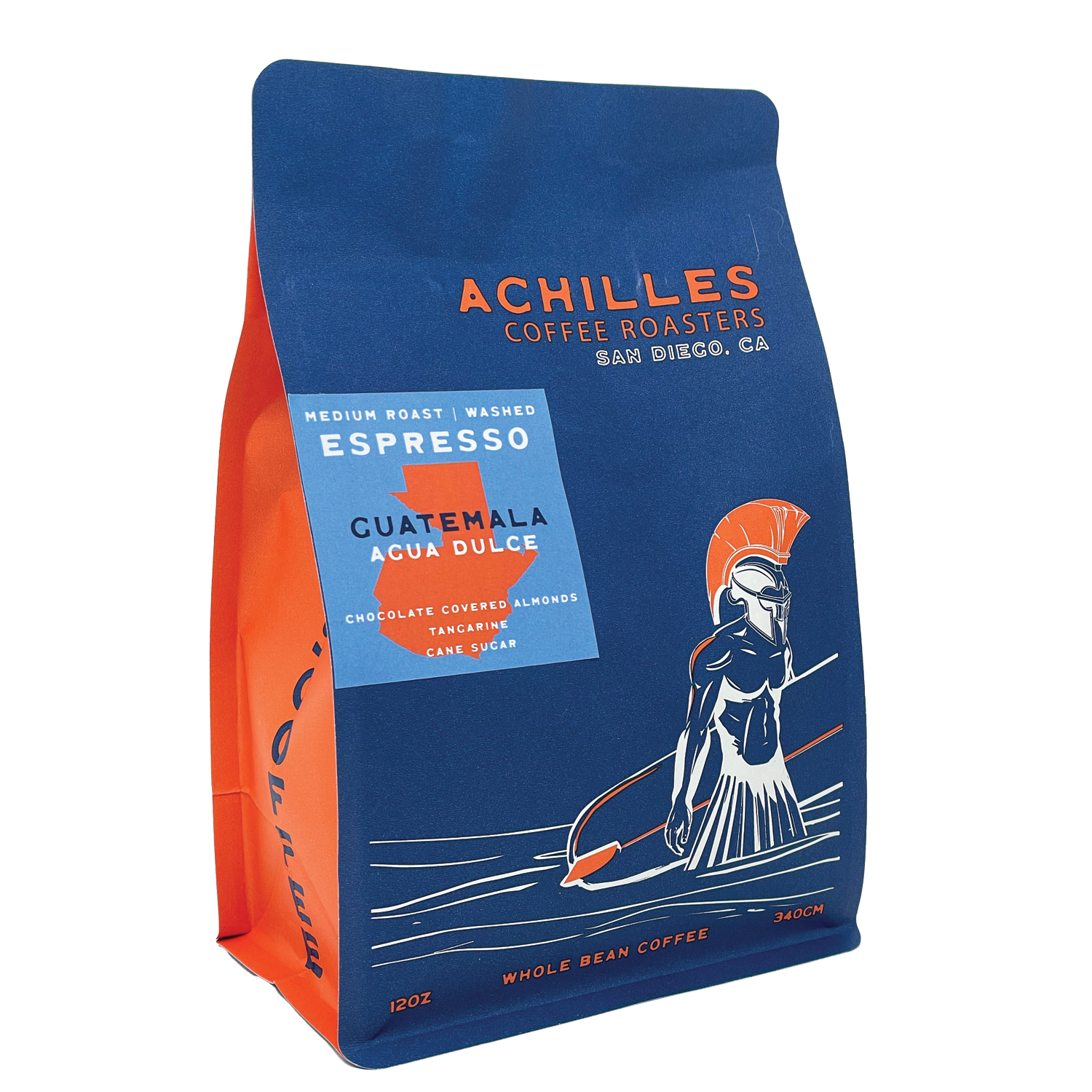The Growing Trend of Choosing SOE Single Origin Espresso at Home
Wiki Article
Coffee Beans Uncovered: Finding the Secrets of Espresso and Blended Coffee Beans
When you think about coffee, what comes to mind? Is it the abundant aroma of espresso or the intricacy of a well-crafted blend? Understanding the subtleties of coffee beans can transform your experience.The Origins of Coffee: A Historic Perspective
Although coffee is currently a staple in coffee society worldwide, its origins map back to the early 20th century in Italy. In 1901, Luigi Bezzera patented the first coffee equipment, aiming to brew coffee faster than traditional approaches.Understanding Coffee Beans: Qualities and varieties
When you think of espresso, it's important to acknowledge the different bean selections and their unique tastes. Each type brings a distinct personality to your cup, influenced by aspects like roast levels. Recognizing these aspects can boost your coffee experience considerably.Espresso Bean Varieties
As you discover the world of espresso, you'll promptly discover that not all beans are produced equivalent; each variety brings its own one-of-a-kind tastes and features to your cup. One of the most popular kinds include Arabica and Robusta. Arabica beans are known for their smooth, nuanced flavors and lower high levels of caffeine content, making them a preferred among coffee lovers. On the other hand, Robusta beans load a stronger punch with higher high levels of caffeine and a much more bitter taste, usually favored in blends for their crema-enhancing qualities. You may likewise encounter specialty beans like Liberica and Excelsa, which provide unique profiles and are much less usual. Each selection uses something various, so experimenting will help you locate your perfect coffee.Taste Profiles Clarified
Comprehending the taste profiles of various espresso beans can elevate your coffee experience. Each bean variety uses special attributes that influence taste, mouthfeel, and fragrance. Arabica beans commonly offer a sweeter, much more complicated taste with hints of fruit and flower notes, while Robusta beans have a tendency to be bolder, with natural and nutty touches.When you explore single-origin beans, you might discover distinctive regional tastes-- Central American beans might be citrusy and brilliant, whereas Italian blends usually supply rich, chocolatey notes.
Roast Degrees Impact
Roast degrees play an essential role in shaping the taste and fragrance of coffee beans, affecting your overall coffee experience. Understanding these roast levels aids you choose the espresso that matches your taste choices. Trying out with different roasts can lead to fascinating explorations, boosting your gratitude for coffee.The Art of Mixing: What Makes Blended Coffee Special
What makes combined coffee so fascinating? It's all concerning the art of integrating beans from various origins, roast levels, and taste accounts. When you blend, you're not just blending; you're producing a harmonious balance that highlights the strengths of each bean. You can trying out numerous combinations to improve sweetness, level of acidity, and body, resulting in a mixture that's richer and extra complicated than a single-origin coffee.Blending likewise permits you to satisfy varied preference preferences. You can craft a blend that's smooth and mellow or one that's bold and durable, depending upon your audience. Plus, mixing can assist preserve uniformity, offering a trusted taste experience despite seasonal variations in beans. Whether you're a home or a barista maker, grasping the art of blending opens up a globe of imagination and taste possibilities, making your coffee experience absolutely distinct.
Flavor Accounts: Sampling Notes of Coffee vs. Blended Coffee
Combined coffee provides a globe of flavor possibilities, but when it comes to espresso, you're looking at an extra concentrated experience. Coffee commonly showcases bold, abundant tastes with a thicker mouthfeel.On the other hand, mixed coffee offers an intricate tapestry of tastes. You can discover a range of tasting notes, from nutty and pleasant to flower and fruity. Each blend can supply something one-of-a-kind, often combining beans from various regions to produce a well balanced profile.
While coffee delivers a strike, mixed coffee invites you to appreciate the subtleties. Whether you choose the durable stamina of coffee or the detailed tastes of mixed coffee, each cup tells its very own tale, waiting for you to find.
Brewing Techniques: Improving Your Coffee Shot
To attain the ideal espresso shot, recognizing the developing strategies is vital, as also small changes can substantially impact the taste and top quality. Begin by utilizing fresh, high-quality coffee beans; grind them right before brewing for optimum taste. Go for a great grind, regarding the uniformity of common salt, to guarantee ideal removal.Following, take notice of your water temperature; it should be between 195 ° F to 205 ° F. Too too chilly or hot can destroy your shot. Use regarding 18-20 grams of coffee for a double shot, and tamp it equally with strong stress to develop a consistent puck.
A longer extraction can lead to anger, while too short can result in sour tastes. Practice these strategies regularly, and you'll fine-tune your skills, accomplishing that rich, robust coffee shot you hunger for.
The Role of Roast Levels in Coffee and Blended Coffee
After mastering the brewing strategies for coffee, it's time to ponder how roast levels affect the taste profile of your coffee. The roast degree can considerably modify your coffee's body, preference, and aroma. Light roasts tend to highlight the coffee's beginning, providing bright level of acidity and fruity notes, while medium roasts balance acidity and sweetness, creating a well-rounded flavor. Dark roasts, on the various other hand, bring out bold, abundant tastes with lower level of acidity, usually creating chocolate or great smoky undertones.
Exploring Sustainability: Ethical Sourcing of Coffee Beans
When you pick coffee, you're not simply picking a flavor; you're making a selection about the effect on farmers and the environment. Understanding Fair Trade practices, chemical-free farming methods, and accreditation requirements can help you support sustainable coffee sourcing. Let's explore exactly how these aspects add to a much more honest coffee experience.Fair Trade Practices
Fair Trade methods play an important duty in making certain that coffee beans are sourced fairly and sustainably. When you pick Fair Profession coffee, you sustain farmers that receive fair salaries and job in secure conditions. By opting for Fair Trade brand names, you're not just taking pleasure in a rich cup of coffee; you're making a favorable impact on the lives of those who expand it.Natural Farming Approaches
As you explore the globe of ethical coffee sourcing, natural farming methods arise as an essential part of sustainability. Furthermore, it typically leads to stronger, much healthier coffee plants, resulting in richer flavors in your mug. When you choose for organic coffee, you're making a conscious choice that profits both the earth and your palate.Certification Requirements Explained
Understanding accreditation criteria is vital for anyone curious about ethically sourced coffee. These requirements, such as Fair Profession, Jungle Partnership, and USDA Organic, guarantee that coffee is expanded under lasting practices. When you pick accredited Single Origin Espresso coffee, you sustain farmers who comply with moral labor methods and environmental management.Fair Trade qualification focuses on supplying reasonable earnings and working problems, while Jungle Alliance stresses biodiversity and environment conservation. Following time you're at your neighborhood café or grocery shop, look for these labels, and feel great understanding your coffee acquisition positively influences areas and the setting.
Often Asked Concerns


Exactly How Does Altitude Influence the Growth of Coffee Beans?
Altitude influences coffee bean growth by influencing temperature level and climate. Greater elevations commonly produce denser beans with even more complicated flavors, while reduced altitudes can cause faster development however less savory results. You'll taste the distinction!What's the Distinction Between Arabica and Robusta Beans?
Arabica beans are sweeter and more complicated, while Robusta beans have a stronger, harsher taste with higher high levels of caffeine content. You'll locate Arabica chosen for specialized coffees, whereas Robusta's commonly used in immediate coffee and espresso blends.Can Coffee Beans Go Poor or Lose Flavor With Time?
Yes, coffee beans can go poor and shed flavor with time. They'll come to be stale if you keep them poorly or keep them as well long. Constantly maintain your beans in an airtight container far from light and moisture.What Are the Health And Wellness Perks of Drinking Espresso?
Consuming alcohol espresso increases your power, improves psychological clarity, and might decrease the risk of specific illness. It's abundant in antioxidants, supports metabolic rate, and can improve mood, making it a helpful selection for your daily routine.Just How Does Water High Quality Influence Espresso Extraction?
Water high quality greatly impacts coffee extraction. It affects the solubility of oils and flavors, affecting preference and scent. Making use of filtered water can enhance your espresso, guaranteeing a well balanced and delightful cup every time you brew.Coffee Beans Uncovered: Discovering the Tricks of Coffee and Blended Coffee Beans.
Understanding the flavor profiles of various coffee beans can elevate your coffee experience.Roast degrees play an essential role in forming the taste and fragrance of espresso beans, influencing your general coffee experience (SOE).Mixed coffee provides a world of flavor possibilities, however when it comes to espresso, you're looking at a more concentrated experience.After mastering the brewing techniques for espresso, it's time to contemplate how roast levels affect the taste profile of your coffee
Report this wiki page